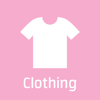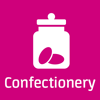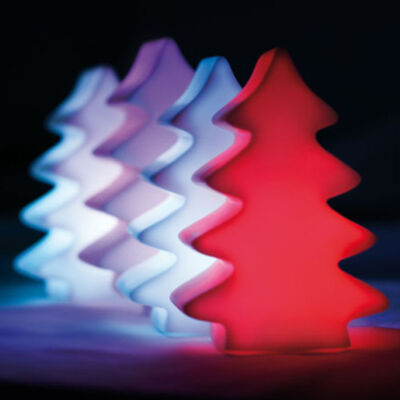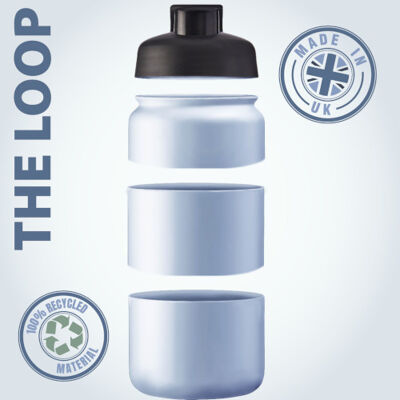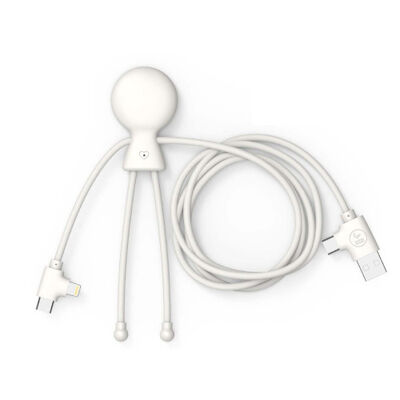Screen Printing Vs Transfer Printing on Garments
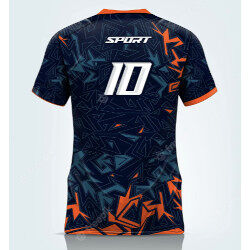
As a promotional merchandise distributor, we have the responsibility of providing clients with high-quality, custom garments that meet their unique needs. While screen printing has long been favoured, it's essential to consider the benefits of transfer printing as well. In this article, we explore the advantages of both screen and transfer printing, looking at different types of ink, such as plastisol and water-based, and providing insights into the printing processes. Because knowing the strengths of each method will help you understand how we come to recommend the most suitable and cost-effective solutions for your job...
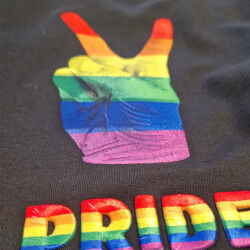
Durability and Vibrancy
Screen printing has always been recognised for its exceptional durability. The ink is directly applied to the fabric, resulting in a long-lasting design that resists fading, cracking, and peeling even after numerous washes.
Transfer printing involves the application of a design onto transfer paper, which is then transferred to the fabric using an industrial heat press. While transfer printing may not offer the same level of durability as screen printing, advances in technology have improved its resistance to wear and fading, providing increased longevity.
Both methods can achieve vibrant colours, but screen printing often offers bolder and more opaque results.

Versatility and Customisation
Screen printing is highly versatile and allows for a wide range of customization options, including Pantone matching to the client’s corporate colours and using special-effect inks.
On the other hand, transfer printing provides flexibility in terms of design placement and can also be applied to a wider range of fabrics, without damaging the garment’s integrity, such as waterproof softshell jackets. This versatility makes transfer printing an excellent choice for unique designs that require intricate detail and a softer touch.
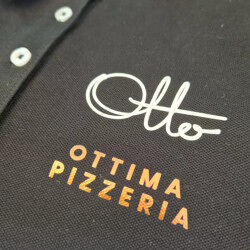
Cost-Effectiveness
When it comes to cost-effectiveness, both screen printing and transfer printing have their advantages depending on the order size.
Screen printing becomes highly efficient for larger bulk orders due to reduced cost per unit after the initial setup.
Transfer printing offers an economical solution for small runs or multicolour designs as there are no additional setup costs, making it a cost-effective choice for limited-edition or personalised merchandise. Also, transfer printing is often quicker to turnaround as the process doesn’t involve extensive setup. This makes it an ideal option when time is of the essence, enabling you to meet tight deadlines and fulfill urgent requirements.

Screen Print Process
Screen printing follows a multi-step process to achieve outstanding results:
- Screen Creation: A mesh screen is coated with a light-sensitive emulsion and then exposed to the design using a high intensity light box, creating a stencil. Each colour in the design is put on a separate screen
- Ink Preparation: The ink is mixed to achieve the desired Pantone colour and loaded onto the screen.
- Printing: The screen is positioned on the machine, the garment is loaded onto the pallet and aligned. Then the ink is pressed through the stencil using a squeegee, applying the design layer by layer for each colour.
- Curing: After printing, the garment is cured in a high-temperature dryer, allowing the ink to bond with the fabric for enhanced durability.
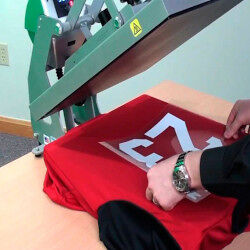
Transfer Print Process
Transfer printing involves a straightforward process that allows for the efficient application of designs onto garments:
Transfer Creation: The design is printed onto transfer paper using a printer equipped with transfer ink or toner. The choice of transfer paper depends on the specific requirements of the design and fabric type.
Heat Application: The printed transfer paper is placed face-down on the fabric. Heat and pressure are applied using a heat press machine, causing the ink or toner to transfer from the paper onto the fabric. Different types of transfer require different heat settings such as temperature and time.

Different Styles
Screen printing historically uses plastisol inks, which are quite thick, but offer excellent vibrancy. However, now that the promotional industry is striving to be as sustainable as possible, water based inks (that have always been available) are becoming more popular as they’re better for the environment. Technology has come a long way in the last decade or so, therefore water based inks can offer excellent vibrancy too. They also aren’t as thick so feel more like part of the fabric. Couple this with some recycled or organic t-shirts and hoodies and you’ve got yourself a truly unique, more sustainable apparel brand.
There are many types of transfer available, depending on what finish you’re looking for. For single or spot colours there’s CAD cut vinyl that comes in a set range of colours or plastisol transfers that can be Pantone matched. Full colour designs are often printed with a newer technique called DTF (Direct To Film). This gives a softer finish than other types of full colour transfer that feel more “raised” from the garment. Sublimation transfers are used specifically for polyester or polyblend materials. Once applied, the ink penetrates the surface and sits just underneath it, giving a sharp, vibrant & soft finish. This method is often used for charity sports shirts for fun runs and cycle events.
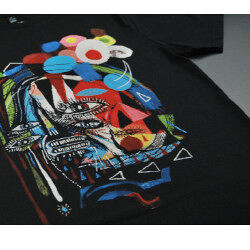
Conclusion
When creating custom printed garments, both screen printing and transfer printing offer unique advantages.
Screen printing excels in terms of durability, vibrant colours, and versatility, making it the preferred choice for larger bulk orders.
Transfer printing, on the other hand, shines in its flexibility, cost-effectiveness for small runs, and quick turnaround times.
By understanding the strengths of each method and considering the specific requirements of your job, we can confidently recommend the most suitable printing technique to achieve the desired outcomes.
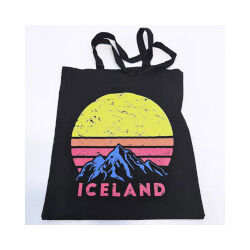
Further Questions
We will always advise you on the best print method for a particular job and wherever there's a choice we'll provide you with the pros and cons of each option. If you have any other questions about the many different branding techniques we offer then please...

